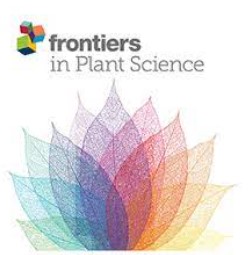Long-term conservation of Plant Genetic Resources (PGR) is a key priority for guaranteeing food security and sustainability of agricultural systems for current and future generations. The need for the secure conservation of genetic resources collections ex situ is critical, due to rapid and extreme climatic changes which are threatening and reducing biodiversity in their natural environments. The International Potato Center (CIP) conserves one of the most complete and diverse genetic resources collections of potato, with more than 7500 accessions composed of 4900 cultivated potato and 2600 potato wild relative accessions. The clonal conservation of cultivated potato, principally landraces, through in vitro or field collections is indispensable to maintain fixed allelic states, yet it is costly and labor-intensive. Cryopreservation, the conservation of biological samples in liquid nitrogen (-196°C), is considered the most reliable and cost-efficient long-term ex-situ conservation method for clonal crops. Over the last decade, CIP has built one of the largest potato cryobanks worldwide, cyopreserving more than 4000 cultivated potato accessions which represents 84% of the total cultivated potato collection currently conserved at CIP. In approximately, four years the entire potato collection will be cryopreserved. The development of an applied, robust cryopreservation protocol for potato, serves as a model for other clonally maintained crop collections. The CIP cryobank designs experiments with a high number of genetically diverse genotypes (70-100 accessions, seven cultivated species), to obtain reliable results that can be extrapolated over the collection as genotypes can often respond variably to the same applied conditions. Unlike most published reports on cryopreservation of plants, these large-scale experiments on potato are unique as they examine the acclimatization process of in vitro plants prior to, as well as during cryopreservation on up to ten times the number of genotypes conventionally reported in the published literature. As a result, an operational cryopreservation protocol for potato has advanced that works well across diverse potato accessions, not only with reduced processing time and costs, but also with an increased average full-plant recovery rate from 58% to 73% (+LN) for routine cryopreservation. The present article describes the composition of CIP’s cryobank, the cryopreservation protocol, methodology for the dynamic improvement of the operational protocol, as well as data collected on regeneration from long term cryopreserved potatoes.
The world’s largest potato cryobank at the International Potato Center (CIP) – Status quo, protocol improvement through large-scale experiments and long-term viability monitoring
Citation: Vollmer, R., Villagaray, R., Castro, M., Cárdenas, J., Pineda, S., Espirilla, J., Anglin, N., Ellis, D., & Rennó Azevedo, V.C. 2022. The world’s largest potato cryobank at the International Potato Center (CIP) – Status quo, protocol improvement through large-scale experiments and long-term viability monitoring. Frontiers in Plant Science. ISSN 1664-462X. 13.
2022-12-01
CRYOPRESERVATION, GENEBANK, POTATO AGRI-FOOD SYSTEMS, POTATOES
journal_article



